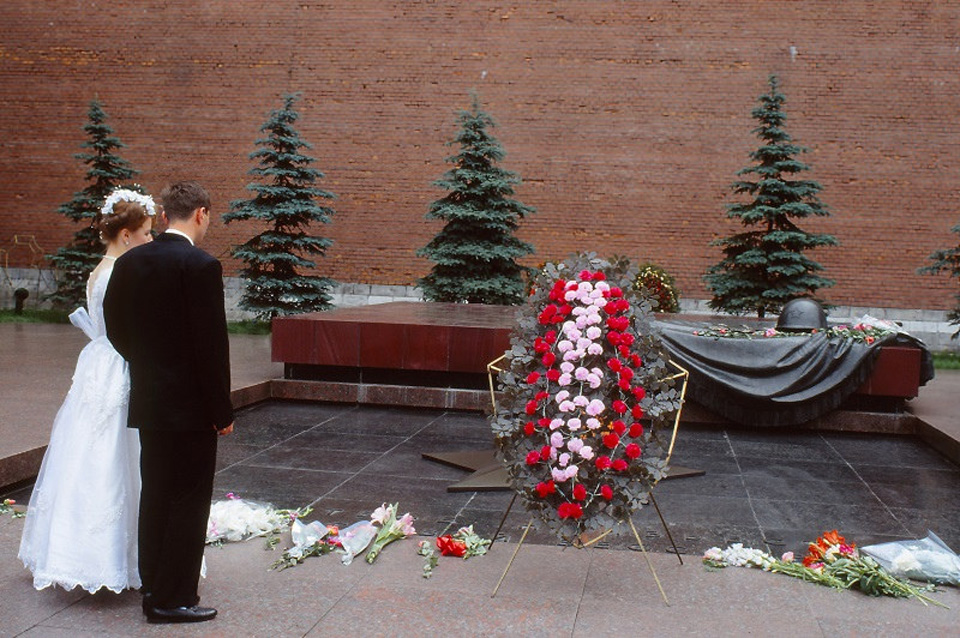Who?
When we look at the word “Who?” in connection with photography, obviously there are many ways to form a question. For instance, “Who are you, as a photographer?” Or, “Who do you take pictures of?” Considering various possible questions, though, an important one that struck me was, “Who sets the rules?”
When you’re taking photographs, you’re establishing the parameters and making the decisions. Some of these decisions are made in advance, while others are made in a split second as you take a photo. Black and white, or colour? Day or night? Best moment? Natural light? Balanced composition? Include this element or exclude it?
As with other art forms—painting, music, writing—the artist is in charge of all these factors. There are lots of ways making art mirrors our lives, and sometimes we’re just grinding it out. (Am I going to get up or stay in bed? Go to work or get fired?) Taking photographs reminds me how much control we do have in our lives. We choose what to focus on and what to ignore. We decide what’s important to us. We direct our attention to the subjects and the issues we care about, and we renew our commitment to those subjects, and we give them our love.
That’s what life is: an ongoing series of small choices about where we place our attention.
And, of course, the corollary is that there’s so much we have absolutely no control over. In so many photos, there’s an element of chance. Things happen in the frame that you don’t perceive as you take the picture. You may find out, later, elements or themes that are obvious only after the moment. Other people see things in your work that you miss.
Again, that’s what life is. We control what we can; we let the rest go. And we learn from both sides of it.
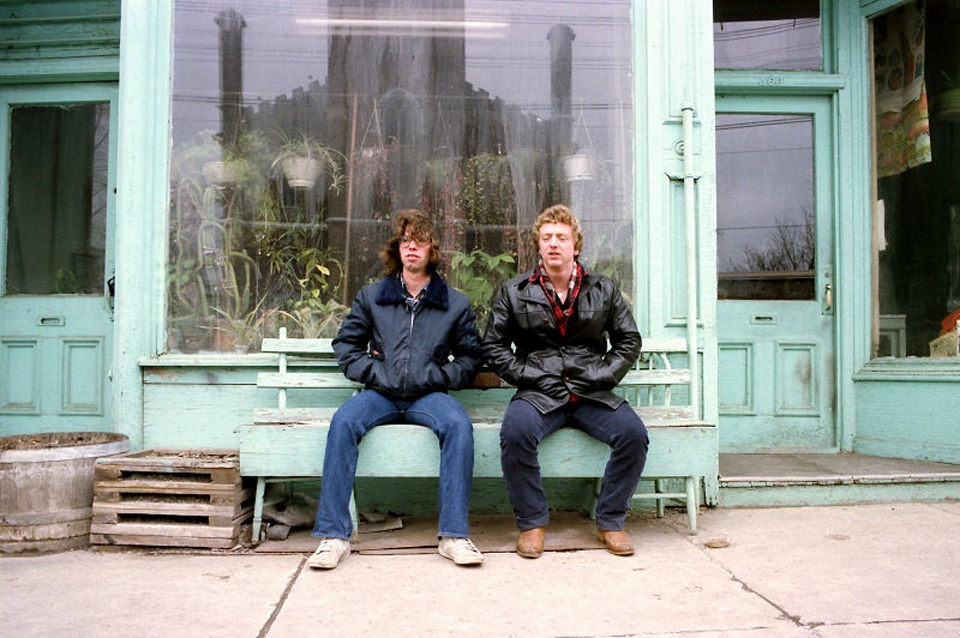
Where?
Anywhere. One of my favourite Lee Friedlander quotes is this: “If I had a chance, I’d be out shooting all the time. You don’t have to go looking for pictures. The material is generous. You go out and the pictures are staring at you.” I take my camera pretty much everywhere—car to post office; into the convenience store; walking through my backyard to the garden. Being ready all the time helps me stay sharp.
At the same time, it does seem easier to get a good photo if there’s a lot of human activity in the scene. When there’s less happening, you need to be more mindful and more patient.
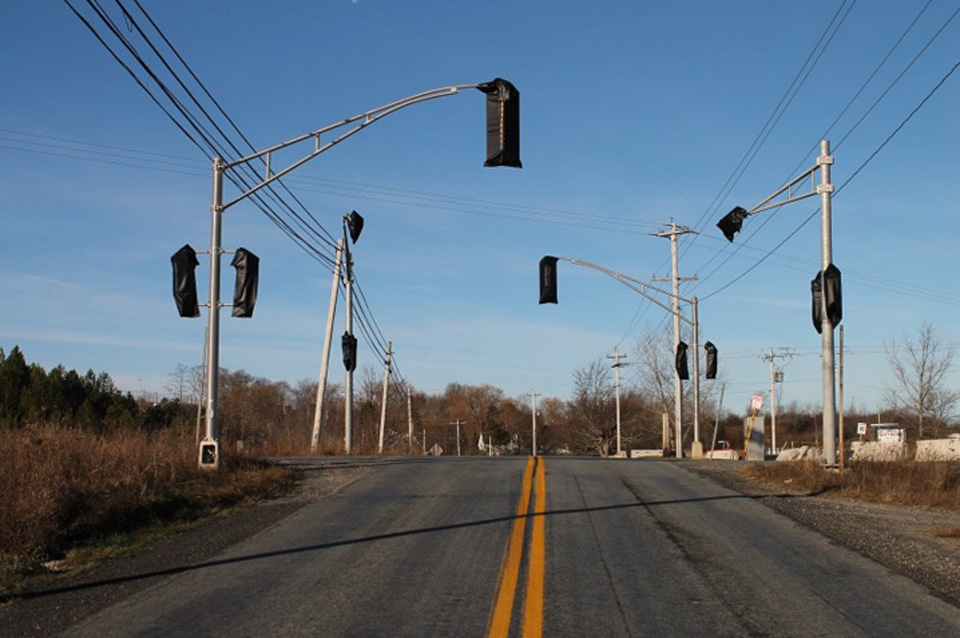
When?
I think some aspects of my personality as a photographer were formed before I even had a camera or took a picture. I grew up on a farm with my parents and one sister, who’s a year older than I am.
I’m close to my sister and we have a great relationship, but it seems to me we didn’t play together that much when we were little. I grew up spending a lot of time entertaining myself, and I learned to enjoy and appreciate solitude from a young age. I played in the yard with my Tonka trucks; I watched animals and studied the landscape. Even though I wasn’t taking photos yet, I was developing some of the skills I would start to use much later for taking pictures.
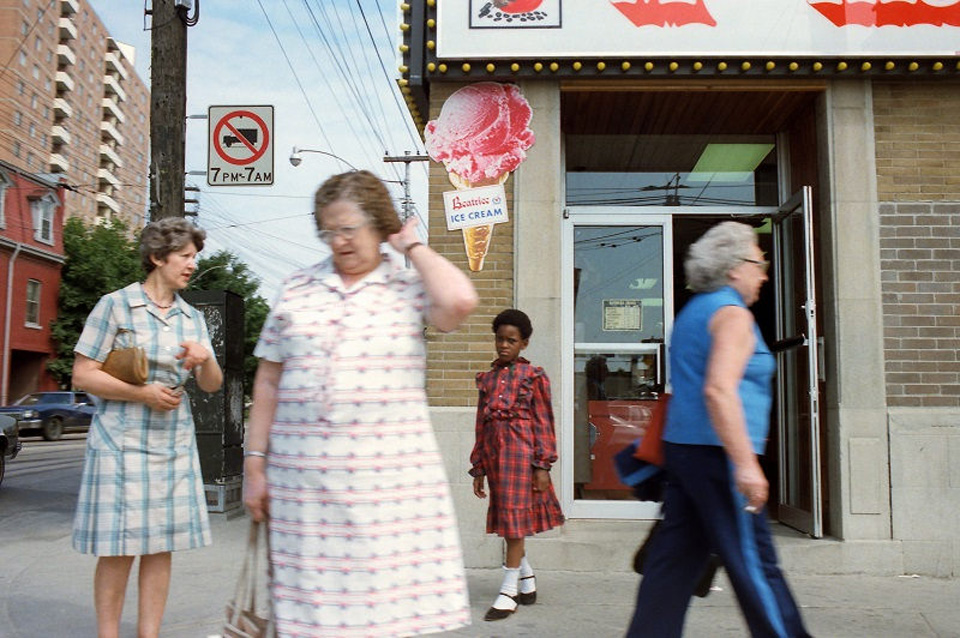
What?
I look for whimsical scenes and elements of surrealism found in everyday life. I like to use juxtaposition and a certain degree of ambiguity. Photography keeps me in touch with the changing seasons and the passage of time. My images are intertwined with childhood memories and locations around Hants County, Nova Scotia.
I have begun scanning an archive covering thirty years, which has led to two books: Toronto Flashback (1980-1986) and No Money Down – Toronto (1980-1986). These were self-published through Blurb and are available on Amazon. Work in progress includes the series, Scattershot: A Journey Through Time and Place (1976-present) and Wish You Were Here: Surrealism in Everyday Life, which are on my Facebook page, and Flickr.
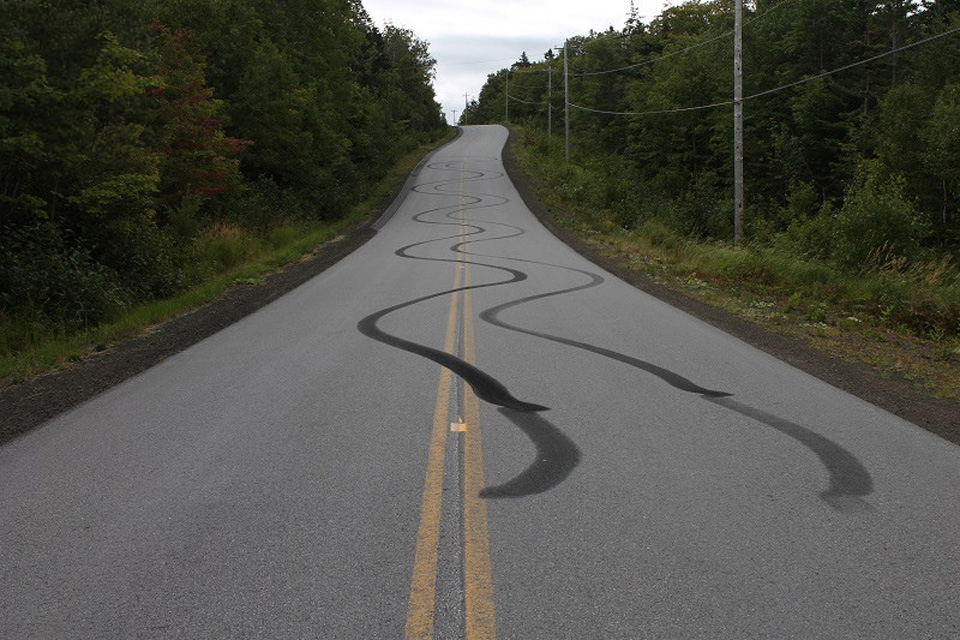
Why?
Photography is a unique medium: every photo is both the truth and a lie. Lots of photos relay compelling narratives that are in fact only being generated by the viewer from the experience of seeing random objects linked in a seemingly profound or significant way.
